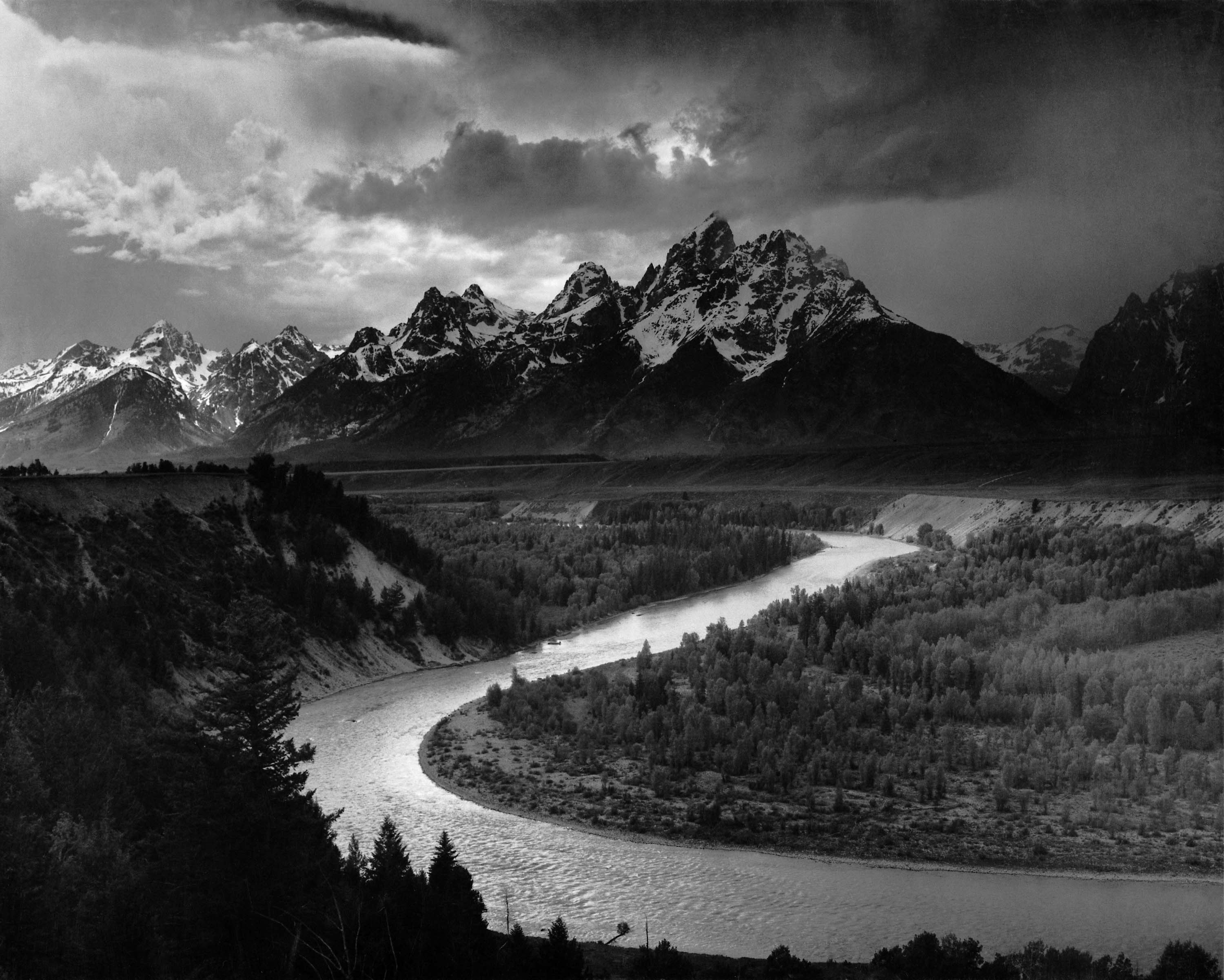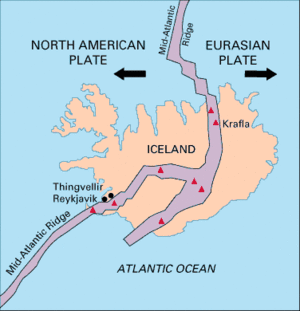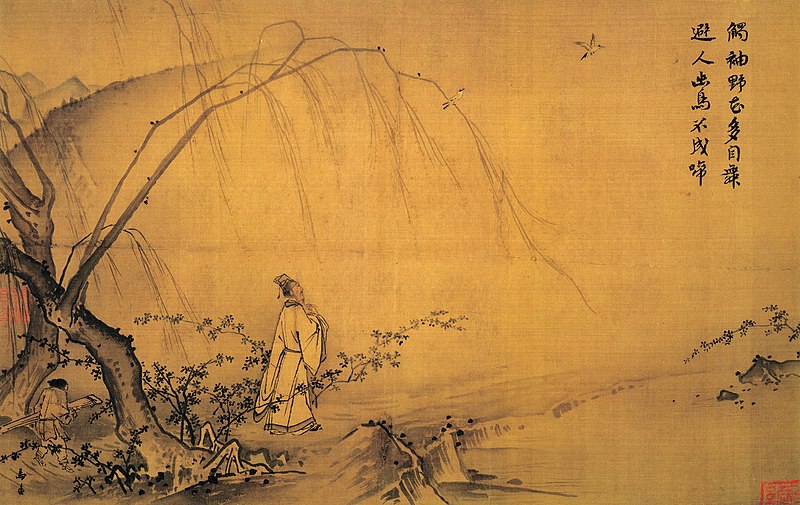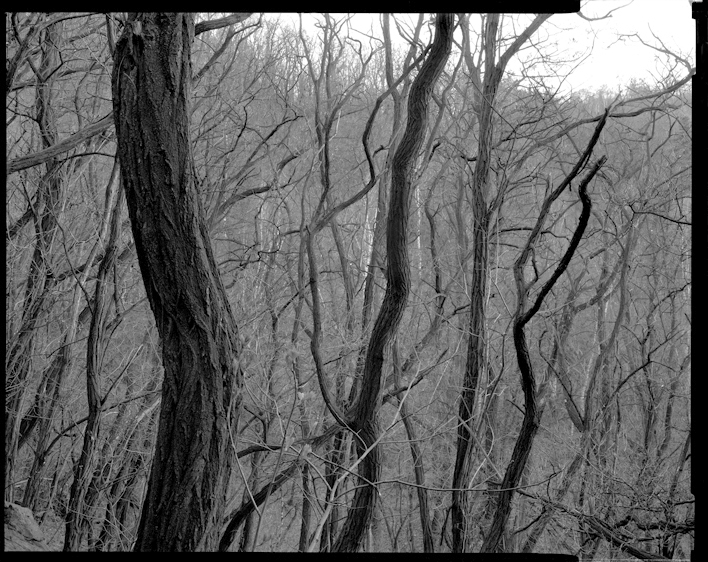Physicists and cosmologists have long puzzled over the nature of time.
Turning the calendar page of June, I am struck by the artificiality of time. In Snake River Overlook, I write of Ansel Adams' photograph of the Snake River flowing south past the Tetons that it's the:
"June of every calendar"
 |
| The Tetons and the Snake River, 1942. Ansel Adams, 1902 – 1984 |
“Green was the silence, wet was the light, the month of June trembled like a butterfly.” ― Pablo Neruda, 1904 – 1973.Like clocks, calendars are a relatively recent invention that give us analogs to diurnal and seasonal events. We mark time by calendars. Calendars and clocks name and objectify what we can sense with less precision. Clocks and calendars allow us to attend to time and arrive at appointments at the appointed time.
Time is like months rendered in panels. Which panel is June? Is it the panel behind, the panel ahead, or both?
 |
| Pine Trees (ink on six folded screens) Hasegawa Tōhaku, 1539 - 1610 |
“The real voyage of discovery consists not in seeking new landscapes, but in having new eyes.” ― Marcel Proust






.jpg)





